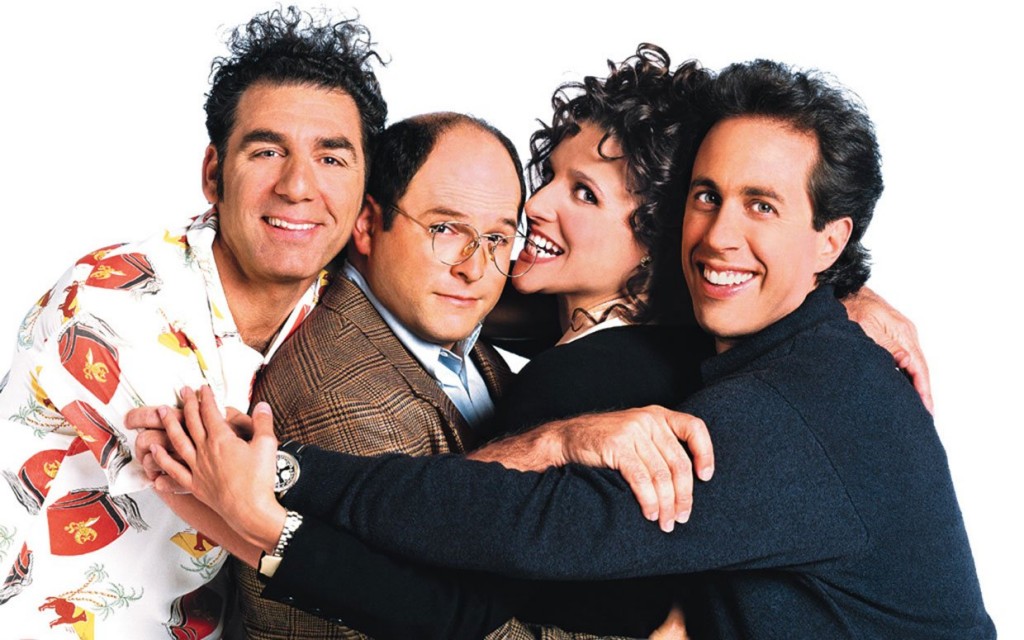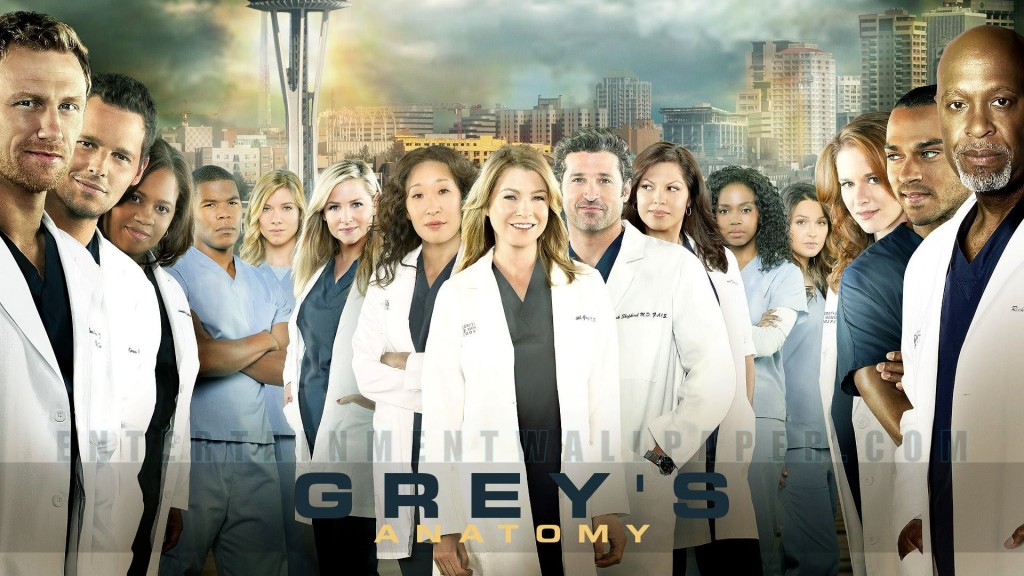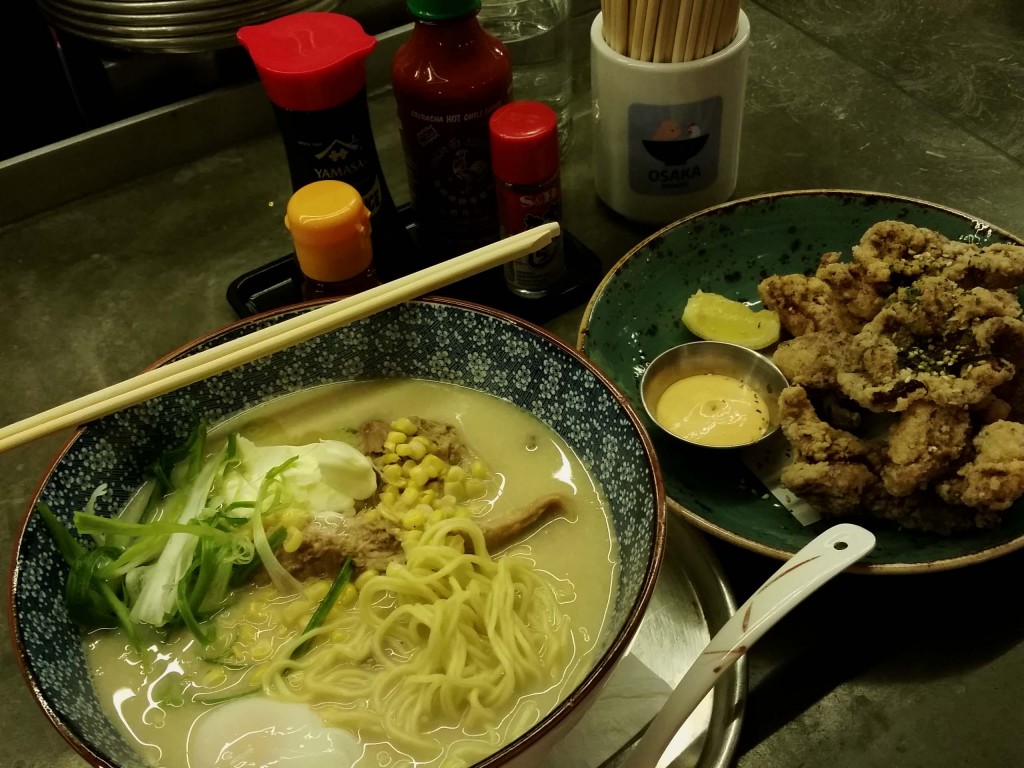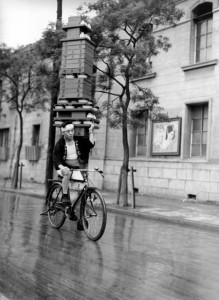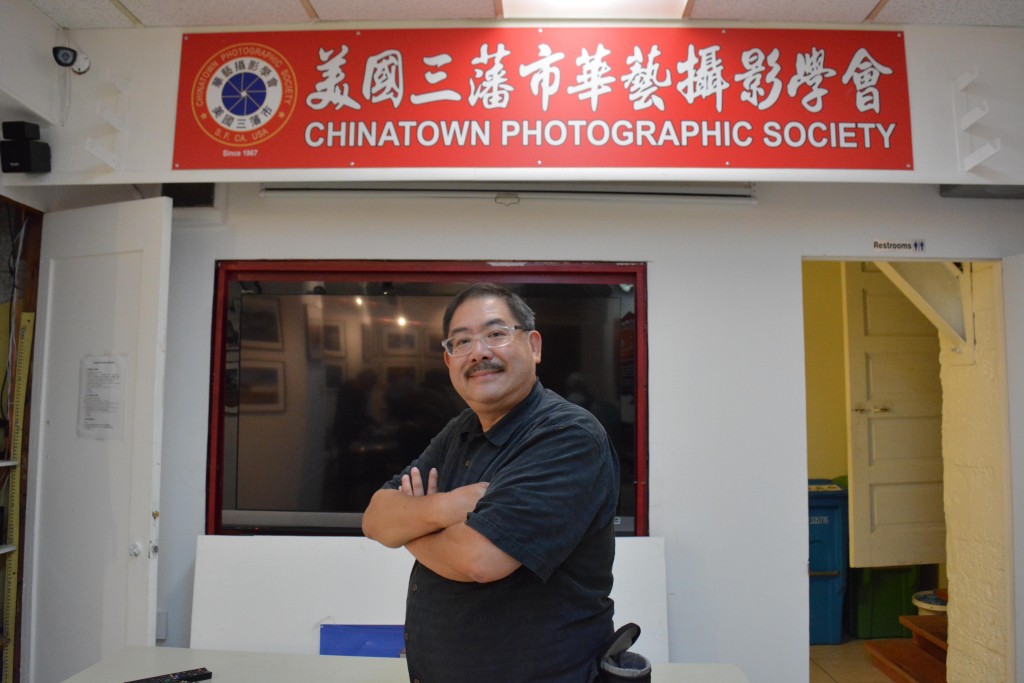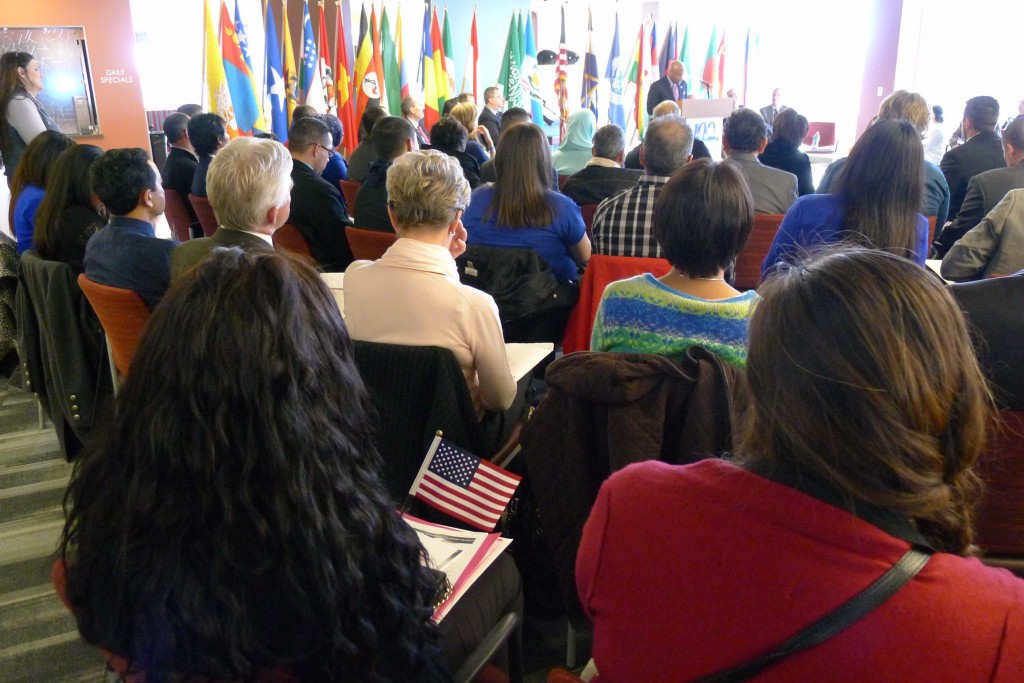
Denver’s Mayor Michael B. Hancock welcomes the 100 applicants and their family members to the citizenship ceremony.
I was born in Japan, but because my father was born in Hawaii when it was a U.S. territory, I am an American citizen. I didn’t have to take a test, and recite an oath of allegiance. After my family moved to the States in 1966, I remember helping my mother, who’s from a small town in northern Japan, study for her citizenship test. I was eight years old.
I don’t remember the ceremony when she repeated the oath and was given her naturalization certificate, but it was probably something like the wonderful ceremony I saw today, on the top floor of the Emily Griffith Technical College, a school that teaches English as a second language and gives many immigrants the skills for them to find jobs in America (full disclosure: I’m a member of the Emily Griffith Foundation‘s Board of Directors).
One hundred people became American citizens today in Denver. They came here from all over the world, from Bhutan to the Ukraine, Canada to Cote d’Ivoire. Some held small American flags in their hands as they waited, and waved them when they were asked to stand to represent their soon-to-be-former countries.
Continue reading




